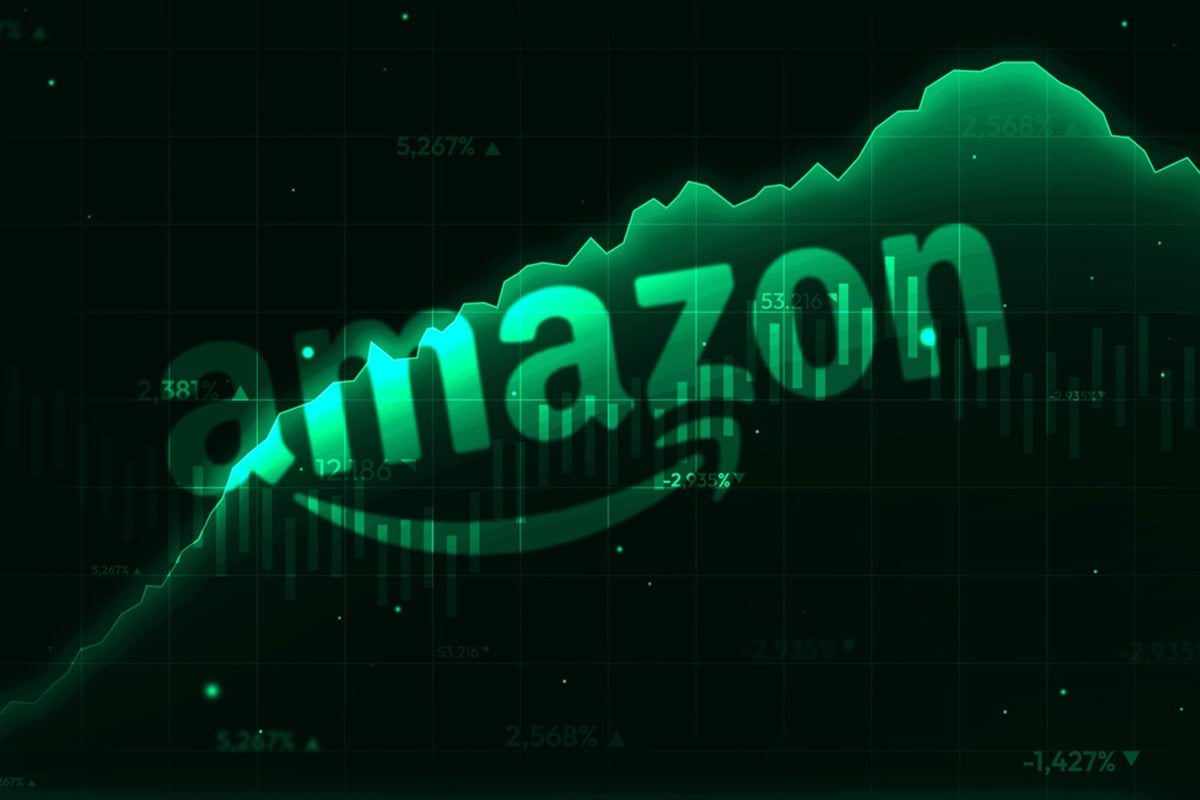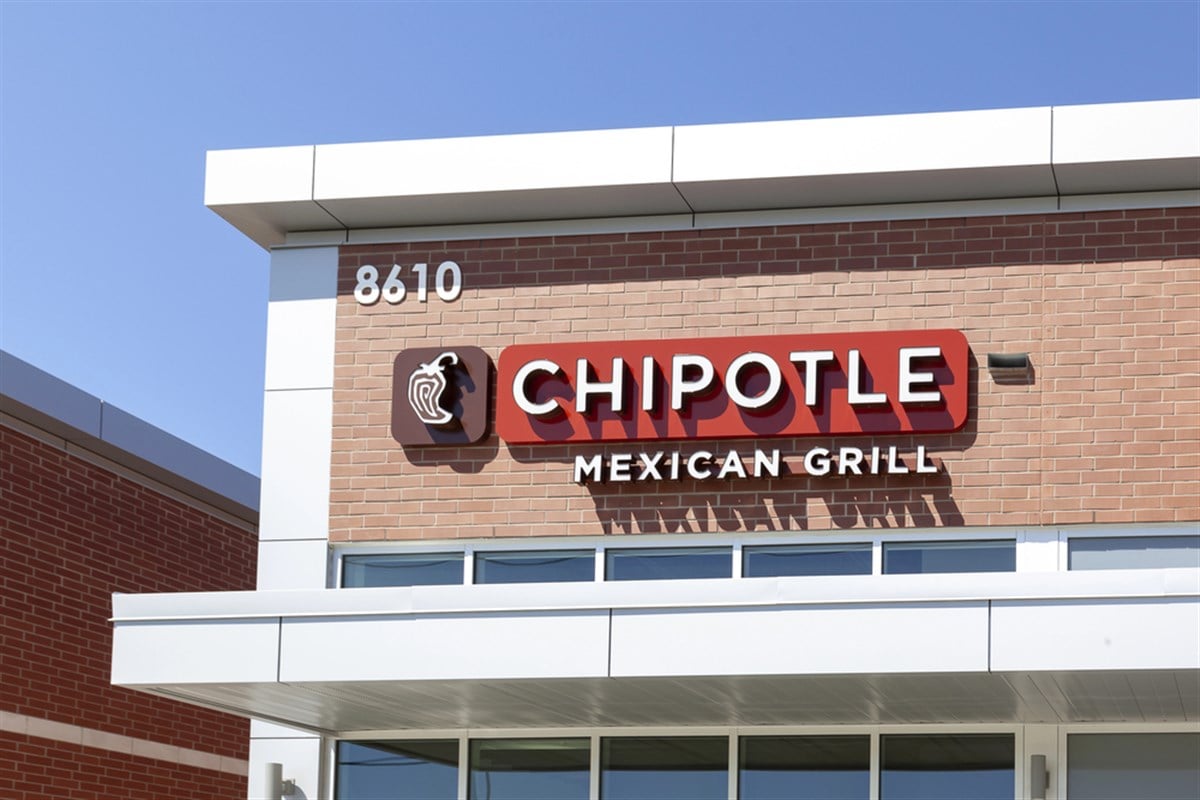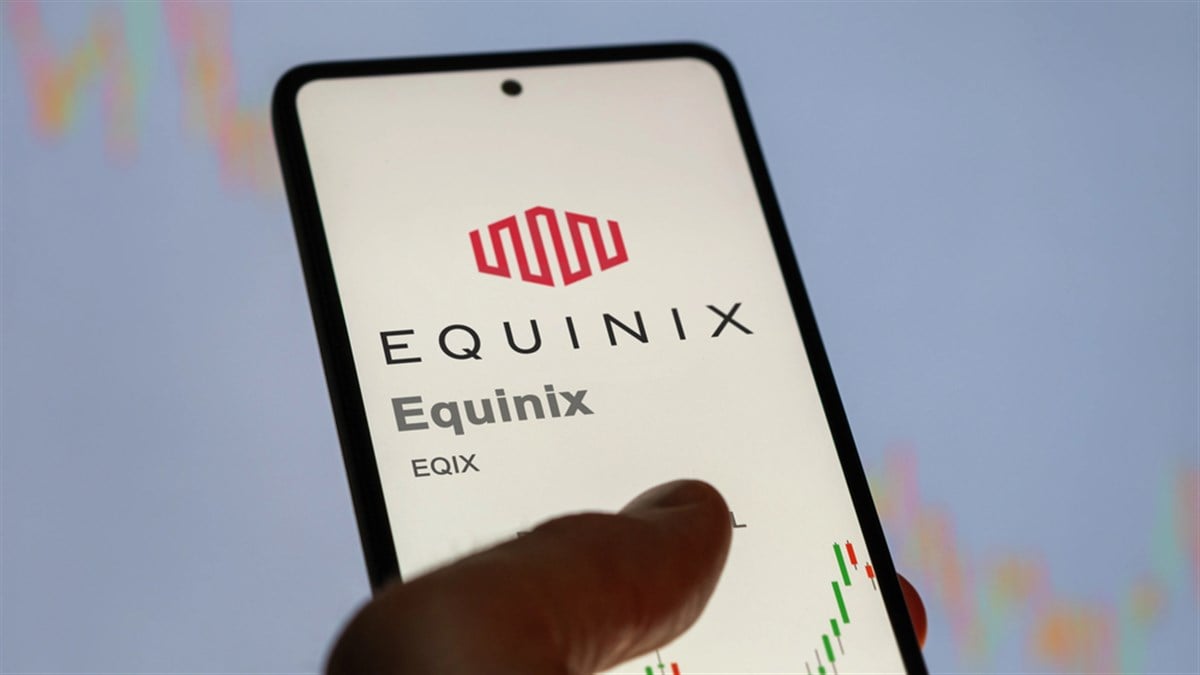Meta Platforms Stock Falls Despite Strong Growth—Here’s Why

Magnificent Seven giants Meta Platforms (NASDAQ: META), Alphabet (NASDAQ: GOOGL), and Microsoft (NASDAQ: MSFT) all reported earnings on Oct. 29. Based on after-hours trading, Meta clearly got the short end of the stick. Shares declined by more than 7% during that period. Meanwhile, Microsoft was approximately 3.5% lower, while Alphabet rose by a strong 6%.
However, this market reaction didn’t come because Meta’s underlying business posted disappointing results. The company’s topline growth was impressive, and several key performance indicators were powerful. However, as MarketBeat noted could happen in its Meta earnings preview, unexpected issues triggered a sharp downside move.
Below, we’ll break down Meta’s results and detail what they mean for the company’s future.
Meta Blows Past Expectations on Key Growth Metrics
Meta reported revenue of approximately $51.24 billion, representing a 26% increase. This handily beat estimates of $49.34 billion, or 22% growth. This was Meta’s fastest revenue growth since Q1 2024. Key performance indicators, such as ad impressions, delivered growth, and average price per ad growth, also performed well.
The former came in at 14%. This was the fastest growth rate in ad impressions delivered since Q1 2024. Average price per ad rose by 10%, similar to the 9% and 10% growth seen in Q2 2025 and Q1 2025, respectively.
Furthermore, the company’s daily active people (DAP), which measures the number of unique users across its apps, grew by 8%. This was the fastest rate since Q4 2023.
Even Meta’s Reality Labs segment performed well, with revenue rising 74% from the prior year. Meta also stated that its new Ray-Ban Display AI Glasses sold out in almost every store within 48 hours of their release.
This impact didn’t even show up in its Reality Labs results, as the glasses were not released until Sept. 30. However, Meta also noted that Reality Labs' growth was somewhat inflated, as retailers bought products to prepare for the holidays. It expects Reality Labs revenue to be lower next quarter. Overall, these metrics suggest that, in terms of growth, Meta experienced its best quarter in over a year.
Tax Charge Tanks EPS; Increased Spending Projections Raise Concern
The huge disappointment came in earnings per share (EPS). The figure came in at $1.05, representing an 83% drop from the same time last year. Analysts expected EPS to rise by 12% to $6.74. The silver lining is that Meta’s EPS drop was due to a one-time charge of $16 billion, not an unforeseen decline in operating profitability. The One Big Beautiful Bill introduced a change in U.S. tax law, leading Meta to reduce the value of its deferred tax assets.
Without this charge, Meta says its EPS would have been $7.25. This would have equated to a 20% growth rate, allowing Meta to smash Wall Street forecasts. Additionally, Meta expects its taxes to be lower in the future now that it has taken this charge.
Notably, Meta’s operating margin came in at 40%, a decline of around 275 basis points. Still, analysts expected this drop as the company ramps up its research and development (R&D) spending. Meta’s operating margin actually came in slightly better than the 39.3% forecast. R&D spending was equal to 30% of revenue, while averaging around 27% over the prior eight quarters.
While contracting margins are not great, R&D spending increases are one of the most justifiable reasons for this. It means that the company is investing in developing capabilities that can generate returns on investment in the future.
However, Meta also said it expects total expenses to grow “significantly faster” in 2026 than in 2025. This will come as it continues to invest in artificial intelligence (AI) infrastructure and talent. It also believes that capital expenditure dollar growth will be “notably larger” in 2026. These factors indicate that margin contraction will continue unless Meta considerably accelerates revenue growth. This was another significant contributor to the decline in shares.
Meta’s Outlook Becomes a Bit Dimmer After Mixed Q3
Overall, Meta was clearly impressed with its growth, delivering its best performance in quite a while. This shows that Meta’s AI investments are offering. The company’s one-time tax charge shouldn’t be an issue in the future. However, the projected increase in its expenses is concerning.
It raises concerns that the company’s spending could spiral out of control. Given the steep pullback in shares, the outlook on Meta is one of cautious optimism. The company should provide a concrete spending forecast for 2026 in its next earnings release. These numbers will be highly consequential.
Learn more about META


